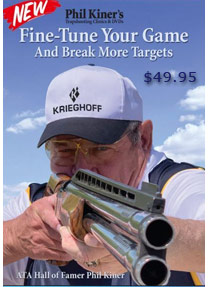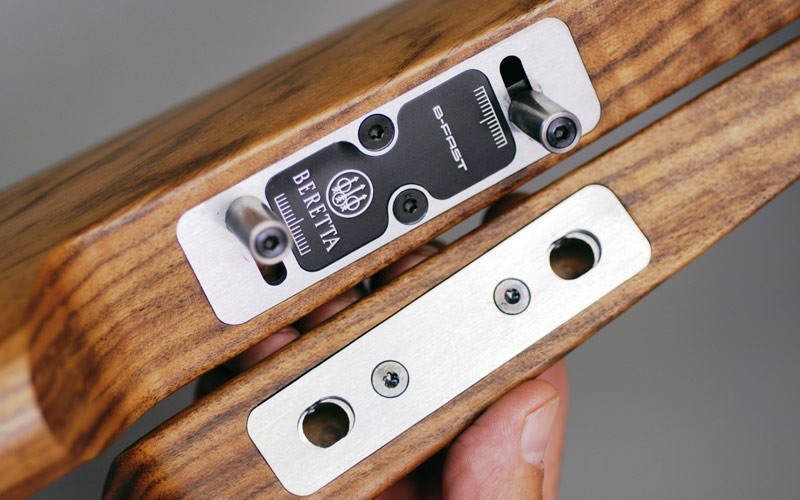
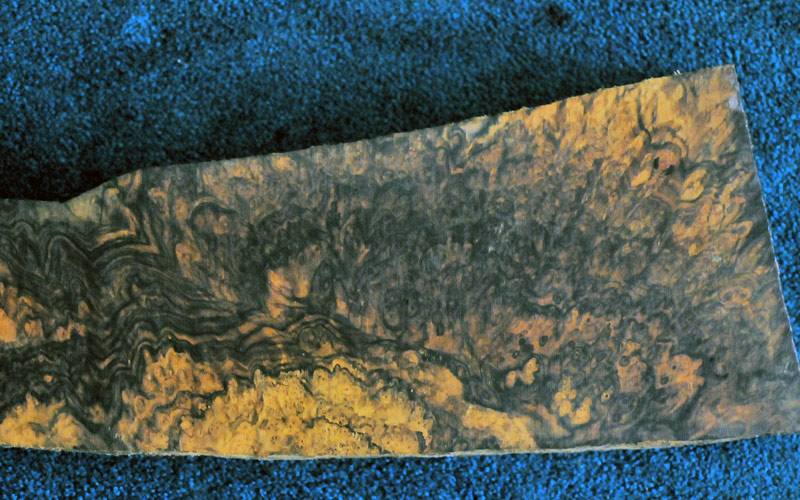
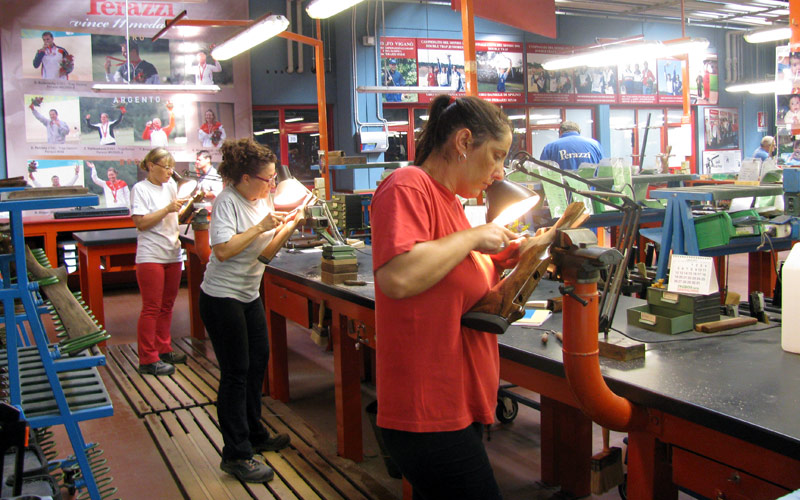
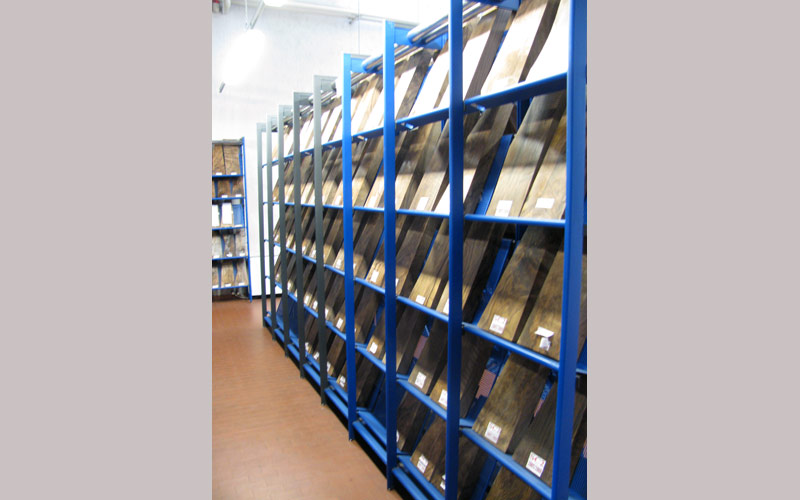
Every month from April to October, I hold an introductory shotgun clinic for individuals new to the clay target disciplines. A large majority of the individuals taking this clinic are people who do not own, and have never shot, a shotgun. Therefore, in order to take the clinic they rent a shotgun from the range. The shotguns the range rents are standard off-the-shelf field over/under shotguns. These shotguns come with industry standard stock dimensions which are meant to fit all shooters. But like everything else, when something is designed to fit everyone, it ends up fitting hardly anyone.
Are you one of those shooters who is shooting a gun that does not fit you?
If you are a shooter who is shooting a gun with standard stock dimensions, or are shooting a gun which was given/handed-down to you from someone else, then the answer is probably yes.
So, what should you do?
I would bet most of you think I am going to recommend finding a qualified stockbuilder and having them fit the gun to you. And, while that might be the path you eventually take, it does not have to be the one you immediately default to.
First and foremost, let me define the difference between a “custom” stock and a “fitted” stock. A custom stock is where a shooter’s stock dimensions are identified by a stockbuilder (most likely using a tri-gun). Then a stock blank is cut to those exact dimensions. Many years ago I had the opportunity to visit the Perazzi factory in Brescia, Italy, and from the inset picture, you can see a portion of their stockroom. A customer can select the stock blank of their choice from within this room, and the factory will turn that stock blank into a custom stock to those exact dimensions.
A fitted stock is where the stock which came with the shotgun is modified so that it fits an individual shooter. This can be done by changing the various stock dimensions (i.e., Length of Pull, Drop at Comb, Drop at Heel, Drop at Toe, Pitch and Cast).
Let’s take a step back and ask what is the importance of gun fit? Gun fit is important for two reasons: (1) it will allow the shooter to ensure the gun shoots exactly where he intends it to, and (2) it will prevent any discomfort to be caused to the shooter as a result of the gun’s recoil.
Therefore, as long as these two objectives are satisfied, the shotgun could be considered fit to the shooter.
You may recall I said “…the answer is probably yes.” That does not mean absolutely yes. The reason I bring this up is there is a very small chance you are an individual for which an industry standard set of dimensions is perfect. How would you know if this is the case?
First, try mounting it and see if your shooting eye is lined up behind the rib, and you can see straight down the rib. If the stock is so low, such that you are looking at the top lever (in the case of an over/under) or at the back of the receiver (in the case of an automatic or pump), then the stock needs to be fitted to you. Or if you are looking down the right or left side of the barrel or rib, then the stock needs to be fitted for you. These last two examples are potential problems with the Length of Pull, Comb Height or Cast.
Sometimes a gun seems to fit impeccably well when it is first mounted…everything lines up and feels good. However, when this gun is shot, targets are not broken and/or the shooter is negatively impacted by the recoil. Let me give you an example. A number of years ago I purchased a sporting clays stock for my trap gun, so I could use it at that discipline as well. It mounted great and lined up perfectly. However, when I shot it, the recoil to my cheek was significant. As it turns out, the pitch on this stock was much more than was right for me.
But, fitting a stock to a shooter is more than just changing stock dimensions until the gun appears to correspond to the shooter’s anatomy. It involves a repetitive cycle of making a change then shooting it, then making another change then shooting it, then making another change and shooting it, etc. For shotguns which have adjustable components (e.g., adjustable comb, adjustable buttplate and adjustable rib), these changes can be made quickly and between rounds. For shotguns that do not have these adjustable components, it may require multiple trips to the range as various changes are made.
There are many outstanding books and websites on stockfitting which go into detailed discussions on the various stock measurements (Length of Pull, Drop at Comb, Drop at Heel, Drop at Toe, Pitch and Cast), so I will not use this article for that purpose. However, suffice it to say, these measurements are not independent, whereby changing one will have no effect on the other. For example, increasing the Length of Pull will put one’s cheek farther back on the comb. And, while this may resolve a problem of hitting one’s nose or glasses with one’s thumb on recoil, it may drop one’s cheek low enough so the only way to look down the rib is to lift the head. These inter-dependencies are known to the stockbuilder but may not be known to most shooters.
So after a shooter gains a solid understanding of the nuances of stock measurements and the inter-dependencies among them, it is not impossible for that person to engage in a self-fitting exercise. The shooter can make changes and use a patterning board to see if the gun fits (given the definition of gun fit above). This may entail adding material, such as moleskin in layers, to increase the comb height (if an adjustable comb is not installed) or adding cardboard in layers to increase the length of pull. The shooter can then shoot the gun, leaving the moleskin and cardboard in place. Whereas, when a stockbuilder is working with a shooter to fit a shotgun, the stockbuilder will often use putty to build up a comb or plastic spacer inserts to increase the length of pull (continuing to add or subtract these items) until the correct fit is obtained. At that time, the stockbuilder will finish the stock, making it look as pretty as the day it left the factory.
In the end, the answer to the question “Would a custom-fitted gun really work better for you?” is YES! The intent of this article was to educate the readers on the multiple paths and how to get there. A true “custom” stock has the advantage in that it is made specifically to fit the shooter. The disadvantage to this approach is it may not fit anyone else should the original owner want to sell the gun. A “fitted” stock has the advantage of fitting the shooter who is using the gun but could be cosmetically unappealing if materials were used which detract from the shotgun’s appearance.
For almost all shooters, having a stockbuilder install adjustable components (e.g., comb or buttplate) and then by adjusting those components to properly fit the shotgun to the shooter is the best and recommended approach. The shooter will end up with a shotgun which shoots at the correct POI and one which does not pound them with recoil. In addition, the gun will maintain its value and be appealing and useful to other shooters. SS
Mark H. Taylor has over 40 years of shooting experience. He has won many regional, state, national and international clay target competitions. He is the author of the book Clay Target Shooting – The Mental Game and co-author of the book Break ’em All. Mark is a NRA Certified Advanced International Shotgun Coach and a High-Performance Shotgun Coach for USA Shooting. He is a Caesar Guerini Pro Staff shooter and teaches monthly beginner shotgun clinics at Colorado Clays in Brighton, CO, and travels nationally and internationally teaching coaching courses and working with world-class athletes.


